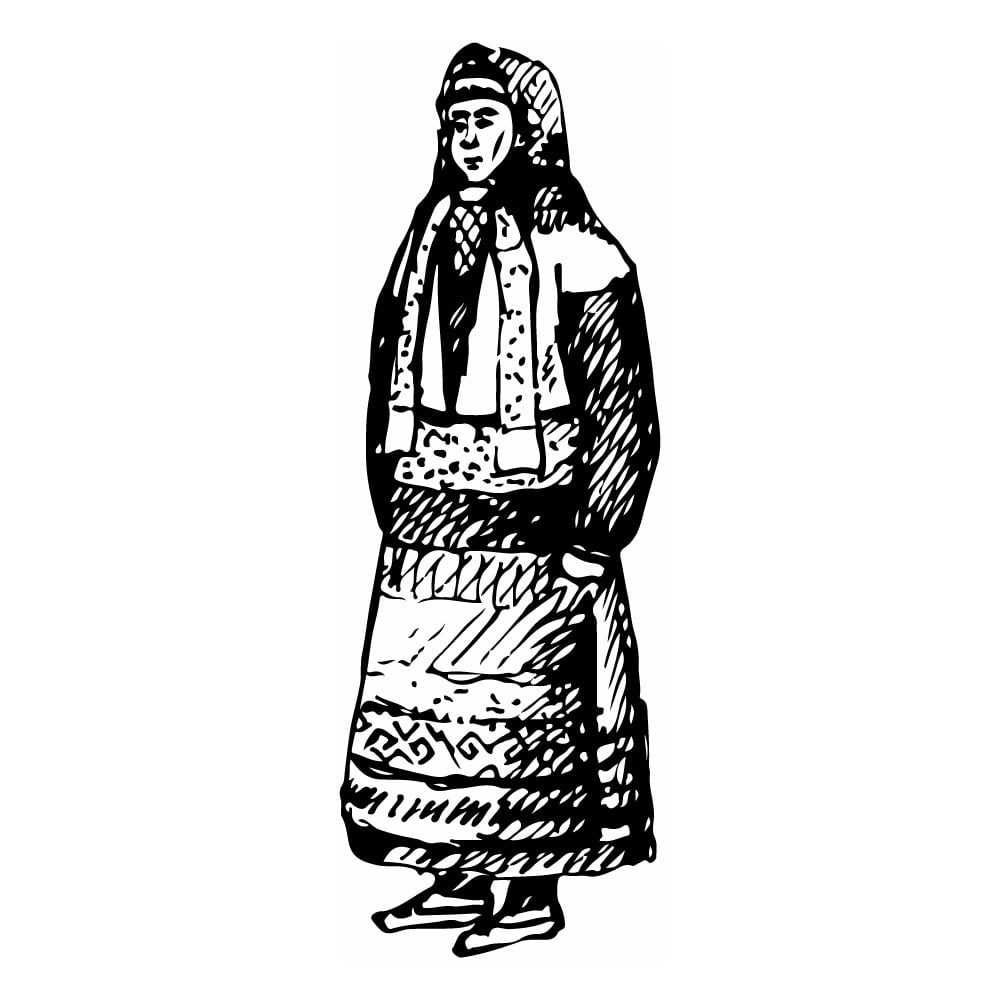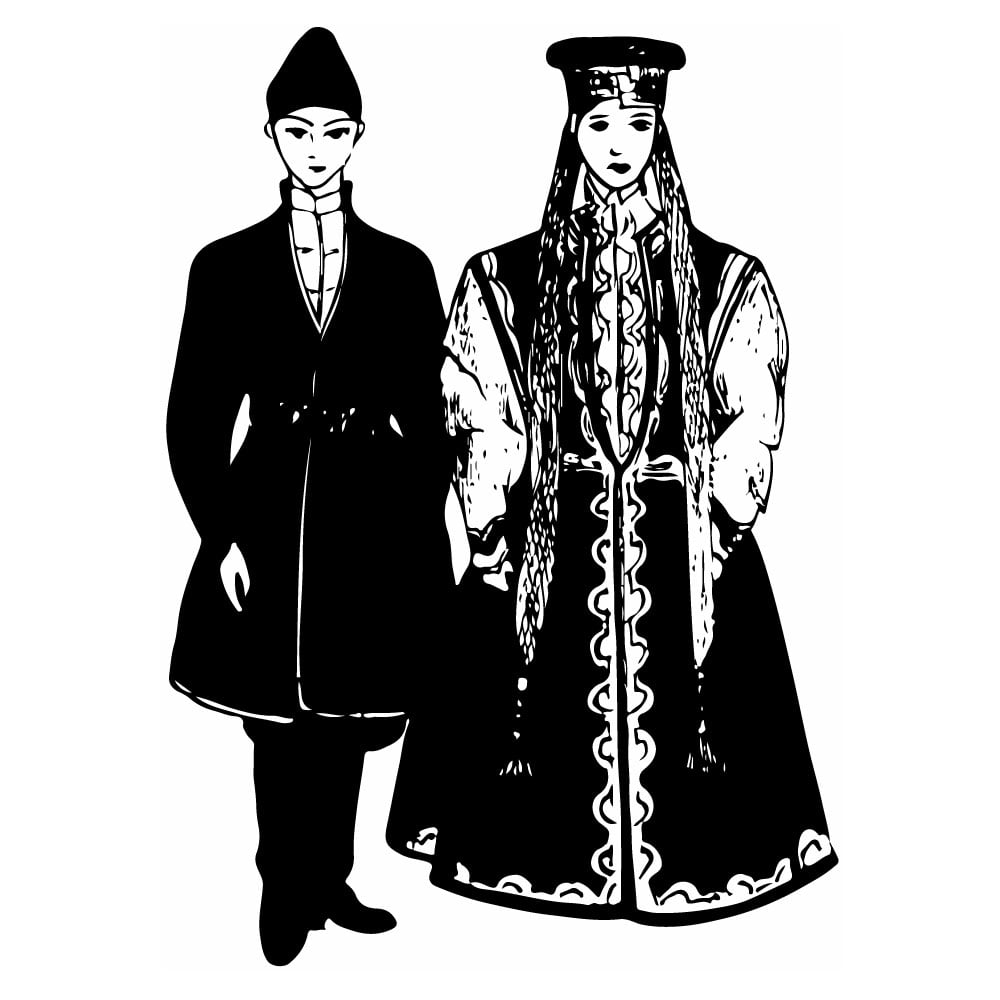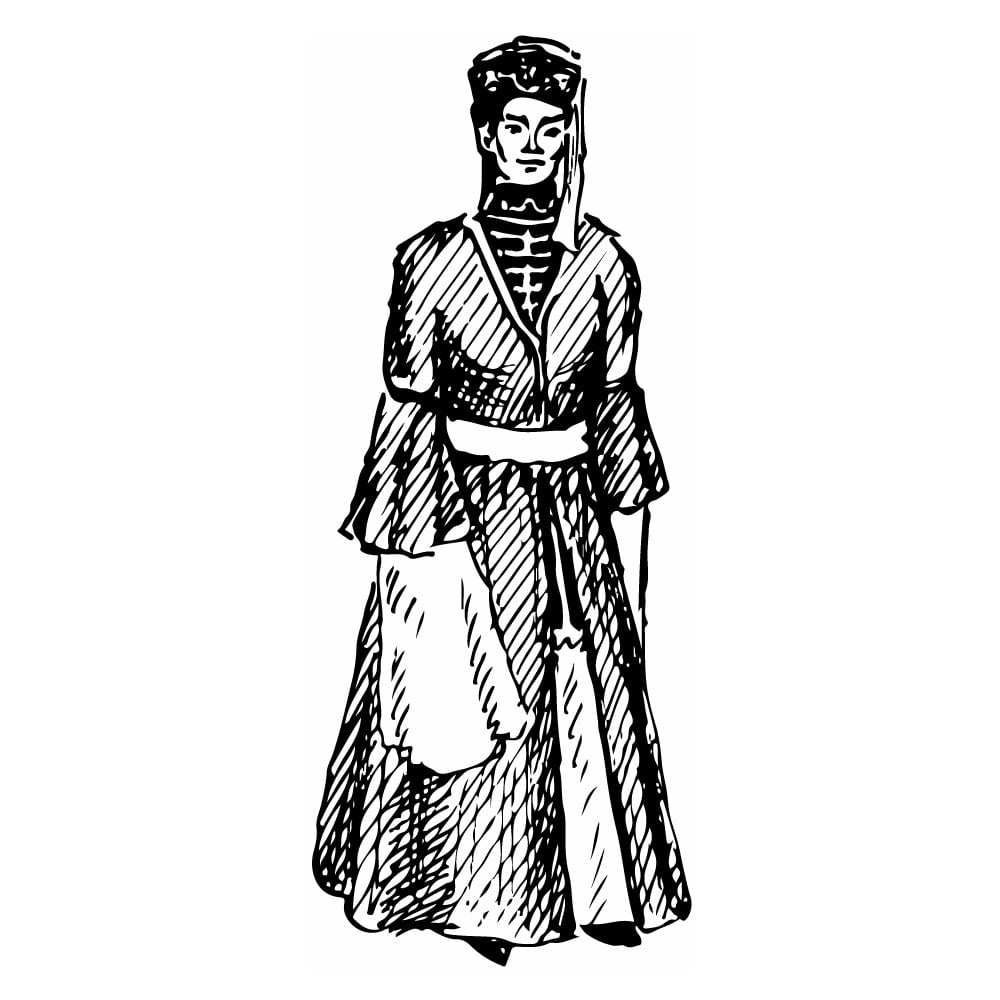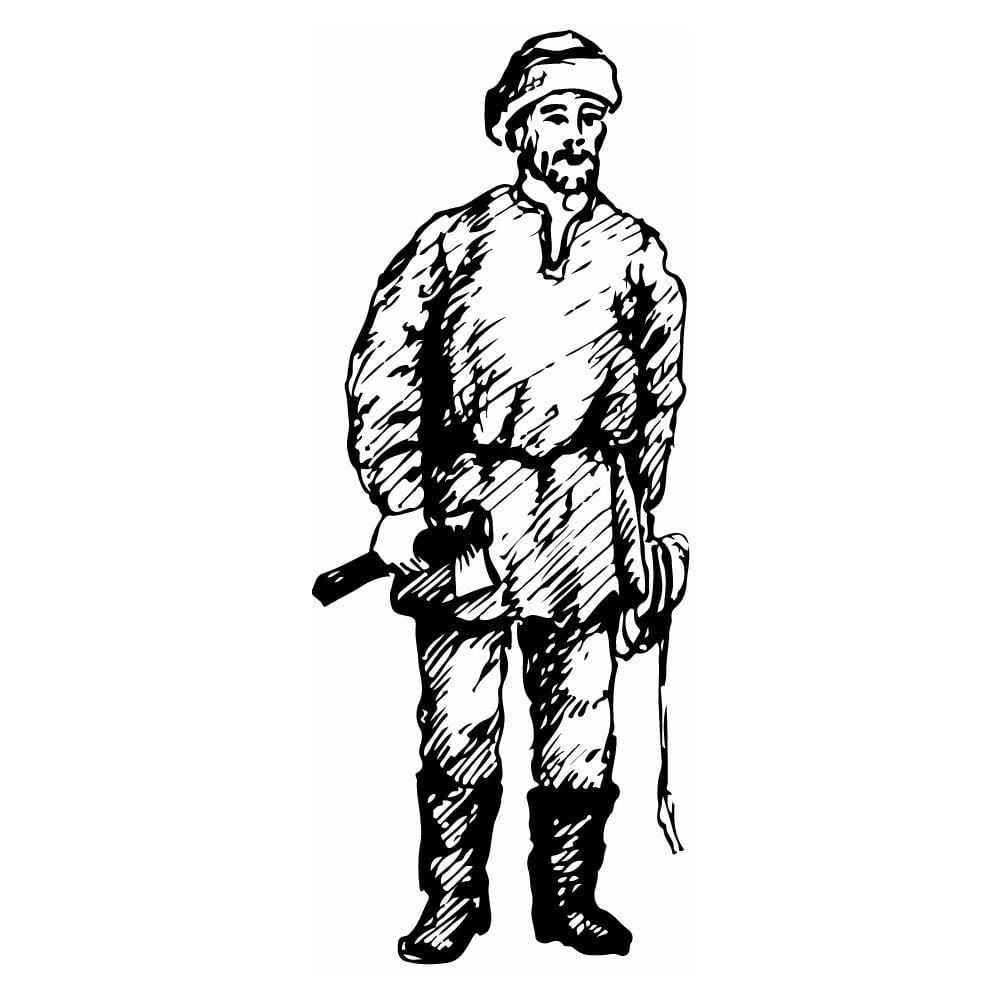Udmurt
| Population | Unknown |
| Language group | Perm branch of the Finno-Ugrian family |
| Language | Udmurt |
| Religion | Christianity (Orthodox) |
*Population estimates for 1994
The Udmurt are one nation. Etymologically the word “udmurt” means “a man of the Ud tribe.” The Uds were one of the ancestor tribes of the present Udmurt. Ancient tribes, who later developed into the Udmurt, inhabited the Kama, Viatka, and Belaya river basins as long as three thousand years ago. The forefathers of the present day Udmurt separated from the conglomeration of local Finno-Ugric tribes in the sixth and seventh centuries AD.
On the verge of the first and second millennia AD, the Udmurt people were influenced by the Volga and Kama Tatars. The first ties with the Russians have been traced to the eleventh through the thirteenth centuries. Since 1236, the Udmurt were under the Mongol-Tatar Yoke. It was not until the fifteenth century that the Udmurt became a separate territorial and administrative unit. Before that time, the North Udmurt belonged to the Viatka Territories and the South Udmurt belonged to the Kazan Khanate. In 1558, all of the Udmurt became part of the Russian state. Since that time, there have been a considerable enhancement of the formation in the indivisible Udmurt nationality.
The Russian written records dating to the fourteenth century concerning the Udmurts call them the Ars (Arans or Otyaks).
Since ancient times, the occupation of the Udmurt has been agriculture, livestock breeding, and hunting. At present, they have lost their economic value.
The unique Udmurt national culture is manifested in applied art such as embroidery and pattern weaving.
The Udmurt music had been developing together with Finno-Ugrian, Turkic, and Slavic art. The musical folklore is notable for the wide diversity of genres such as hunter, calendar, peasant, and wedding songs. The national musical instruments are the krez (psaltery), chipchirghan (pipe), accordion, violin, and guitar.
Previously, the Udmurt had sewn their own clothing, but 200 years ago the men began to dress like the neighboring Russian peasants. On the other hand, the women preserved many items of national clothes. Even now, the middle-aged Udmurt prefers the traditionally cut dresses. In some places stone and metal decorations are still used.
The Udmurt believers are Orthodox.
This is Ad 1





























